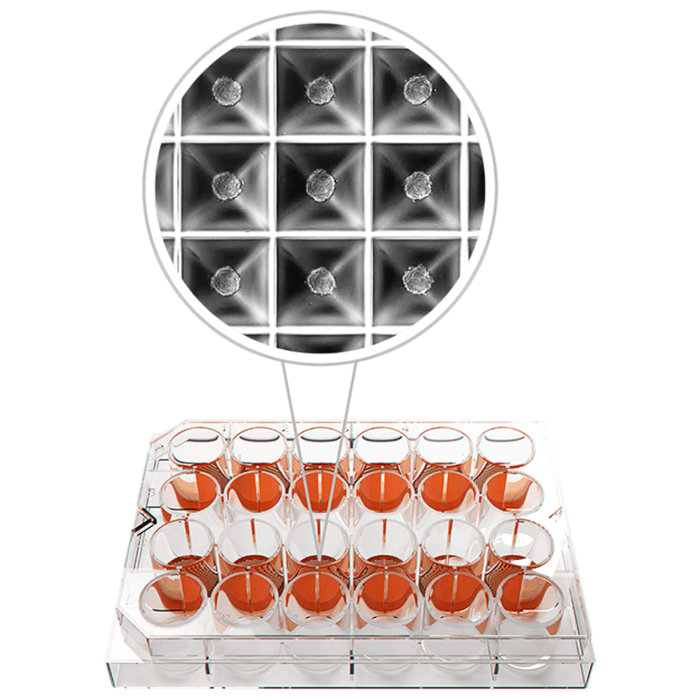What is 3D Cell culture and how does the 3D method work?
Cell culture is an important research area which receives increasing attention. Here, animal cells offer the basis for the different researches as well as the examination and effect of new medicines on the cell. In addition, it is possiblethat animal tests can be considerably reduced. But also in the cell culture, different approaches can be applied. In the 2D cell culture, the animal cells are either cultivated in a suspension culture (free-floating in the medium) or as adherent cells (monolayer on a surface). However, regarding the 2D cell culture, you can reach certain limits as many interactions, especially between the cells, are ignored. To avoid these limitations, the 3D cell culture can be taken into consideration. The context for the 3D cell culture is actually relatively simple. Due to the fact that the world and all organisms are three-dimensionally structured, of course it makes sense to apply them also to the cell culture.
Learn more




